Soobeom Jang
Amicable Aid: Turning Adversarial Attack to Benefit Classification
Dec 09, 2021
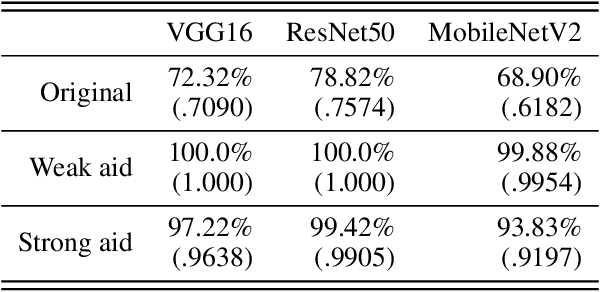
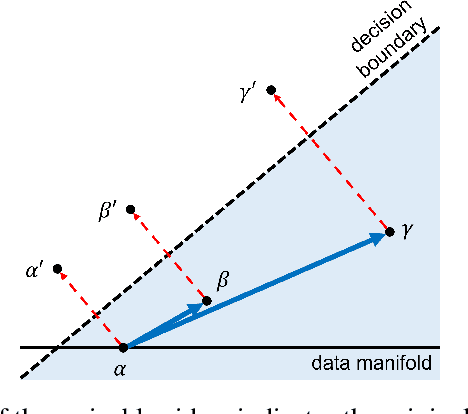
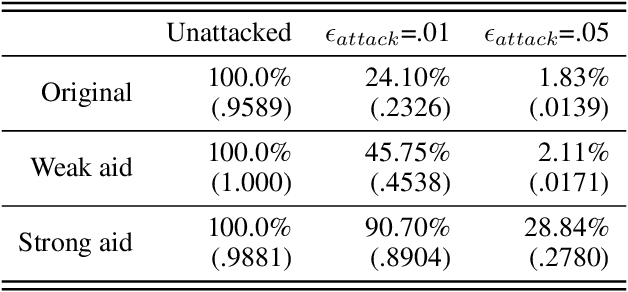
Abstract:While adversarial attacks on deep image classification models pose serious security concerns in practice, this paper suggests a novel paradigm where the concept of adversarial attacks can benefit classification performance, which we call amicable aid. We show that by taking the opposite search direction of perturbation, an image can be converted to another yielding higher confidence by the classification model and even a wrongly classified image can be made to be correctly classified. Furthermore, with a large amount of perturbation, an image can be made unrecognizable by human eyes, while it is correctly recognized by the model. The mechanism of the amicable aid is explained in the viewpoint of the underlying natural image manifold. We also consider universal amicable perturbations, i.e., a fixed perturbation can be applied to multiple images to improve their classification results. While it is challenging to find such perturbations, we show that making the decision boundary as perpendicular to the image manifold as possible via training with modified data is effective to obtain a model for which universal amicable perturbations are more easily found. Finally, we discuss several application scenarios where the amicable aid can be useful, including secure image communication, privacy-preserving image communication, and protection against adversarial attacks.
Brain Signal Classification via Learning Connectivity Structure
May 31, 2019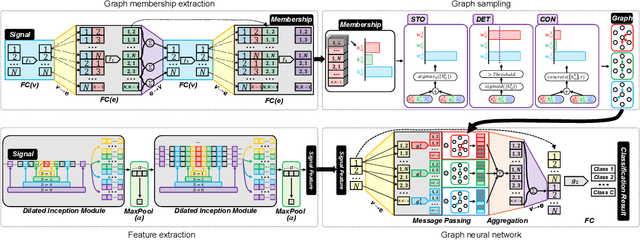


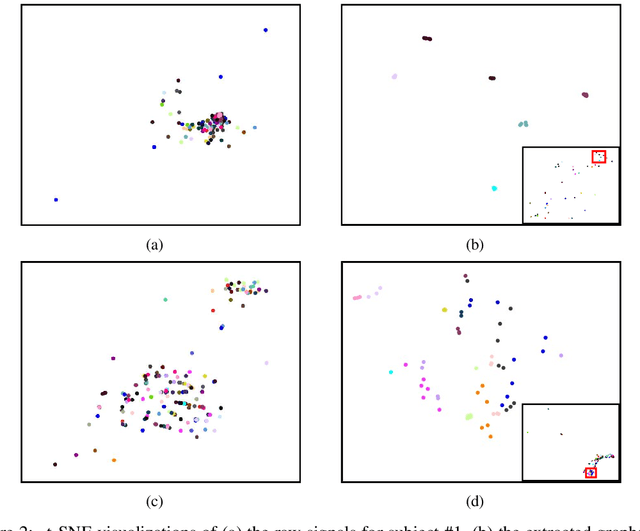
Abstract:Connectivity between different brain regions is one of the most important properties for classification of brain signals including electroencephalography (EEG). However, how to define the connectivity structure for a given task is still an open problem, because there is no ground truth about how the connectivity structure should be in order to maximize the performance. In this paper, we propose an end-to-end neural network model for EEG classification, which can extract an appropriate multi-layer graph structure and signal features directly from a set of raw EEG signals and perform classification. Experimental results demonstrate that our method yields improved performance in comparison to the existing approaches where manually defined connectivity structures and signal features are used. Furthermore, we show that the graph structure extraction process is reliable in terms of consistency, and the learned graph structures make much sense in the neuroscientific viewpoint.
EEG-based video identification using graph signal modeling and graph convolutional neural network
Sep 12, 2018
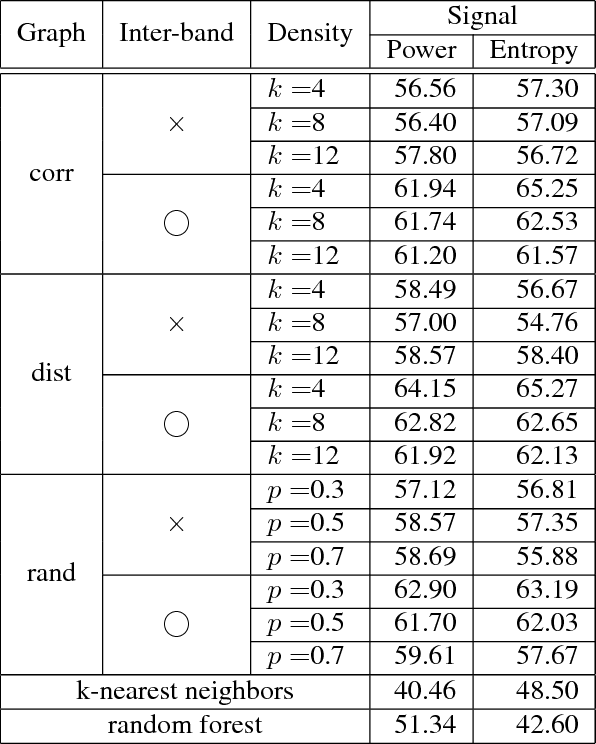
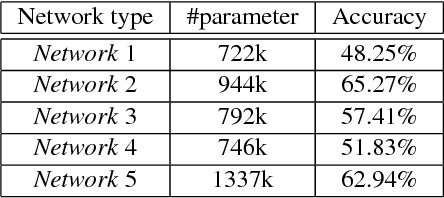
Abstract:This paper proposes a novel graph signal-based deep learning method for electroencephalography (EEG) and its application to EEG-based video identification. We present new methods to effectively represent EEG data as signals on graphs, and learn them using graph convolutional neural networks. Experimental results for video identification using EEG responses obtained while watching videos show the effectiveness of the proposed approach in comparison to existing methods. Effective schemes for graph signal representation of EEG are also discussed.
Evaluation of Preference of Multimedia Content using Deep Neural Networks for Electroencephalography
Sep 12, 2018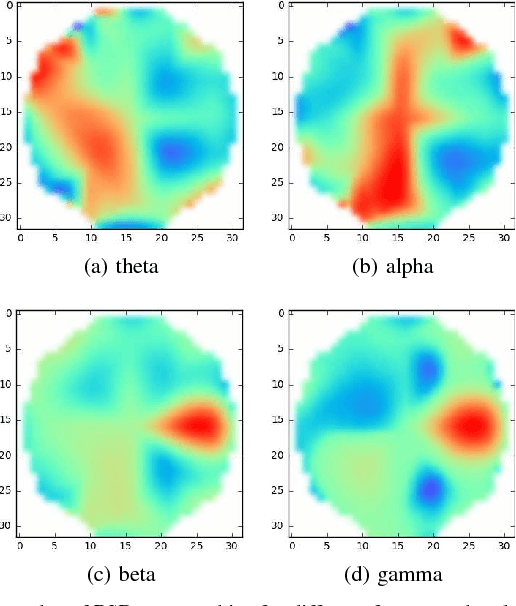
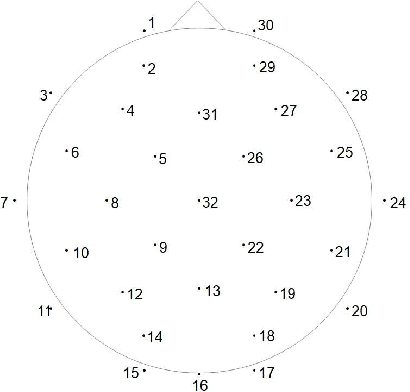
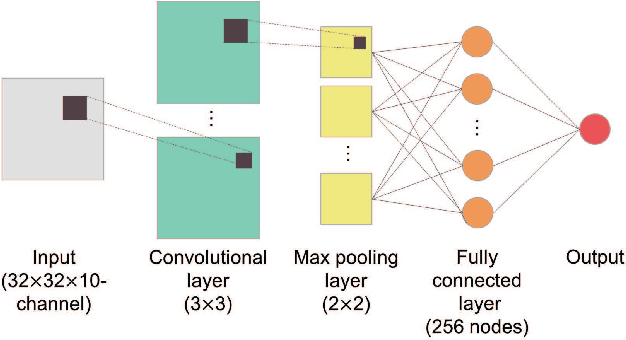
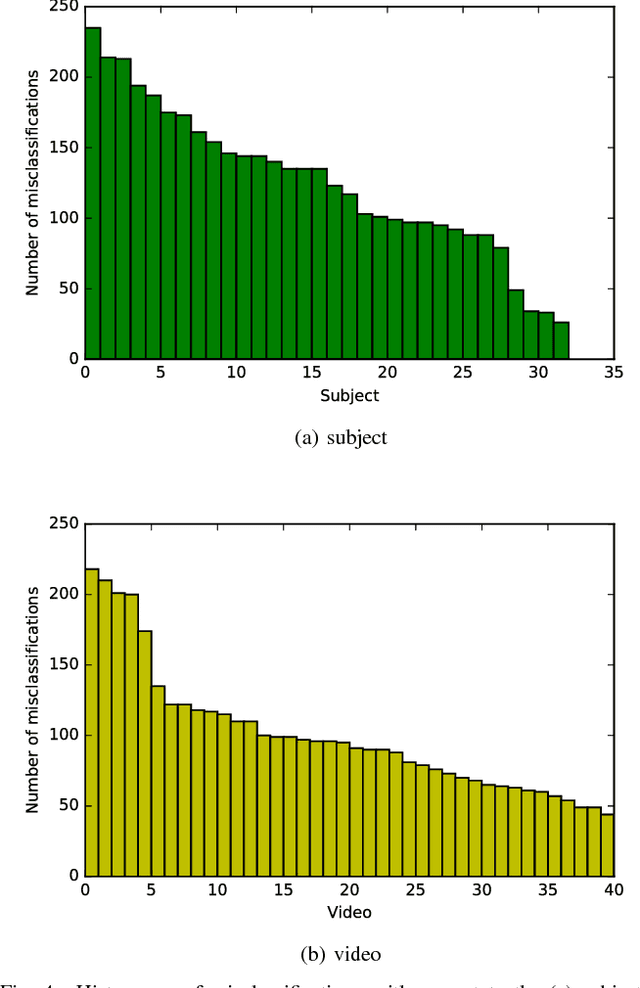
Abstract:Evaluation of quality of experience (QoE) based on electroencephalography (EEG) has received great attention due to its capability of real-time QoE monitoring of users. However, it still suffers from rather low recognition accuracy. In this paper, we propose a novel method using deep neural networks toward improved modeling of EEG and thereby improved recognition accuracy. In particular, we aim to model spatio-temporal characteristics relevant for QoE analysis within learning models. The results demonstrate the effectiveness of the proposed method.
Convolutional Neural Network Approach for EEG-based Emotion Recognition using Brain Connectivity and its Spatial Information
Sep 12, 2018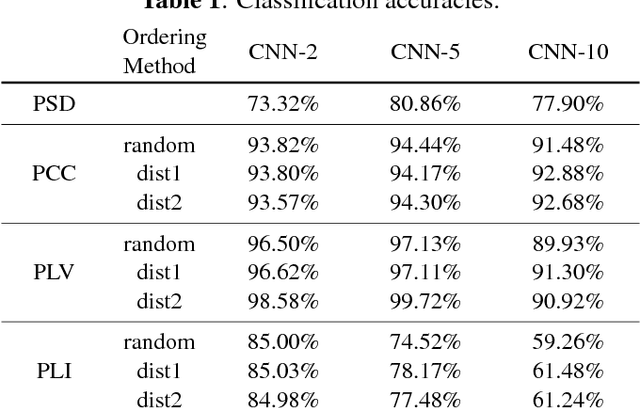
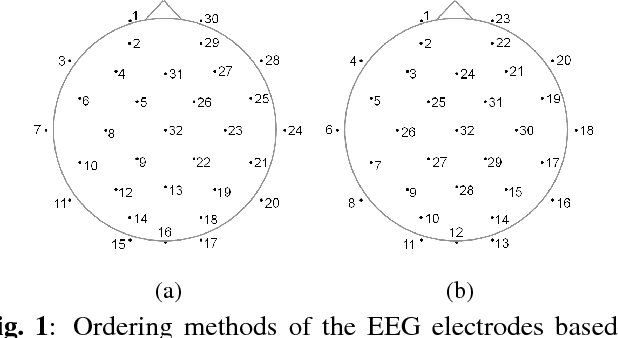
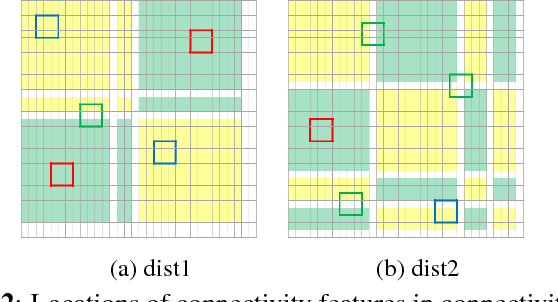
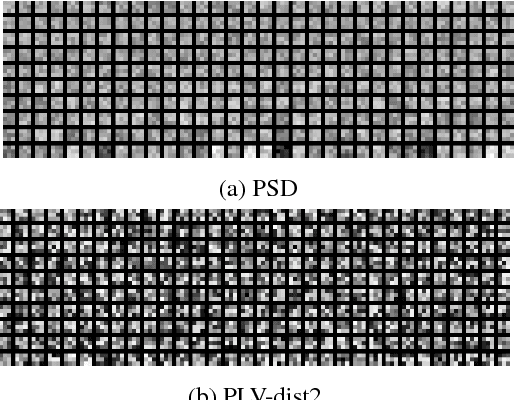
Abstract:Emotion recognition based on electroencephalography (EEG) has received attention as a way to implement human-centric services. However, there is still much room for improvement, particularly in terms of the recognition accuracy. In this paper, we propose a novel deep learning approach using convolutional neural networks (CNNs) for EEG-based emotion recognition. In particular, we employ brain connectivity features that have not been used with deep learning models in previous studies, which can account for synchronous activations of different brain regions. In addition, we develop a method to effectively capture asymmetric brain activity patterns that are important for emotion recognition. Experimental results confirm the effectiveness of our approach.
 Add to Chrome
Add to Chrome Add to Firefox
Add to Firefox Add to Edge
Add to Edge